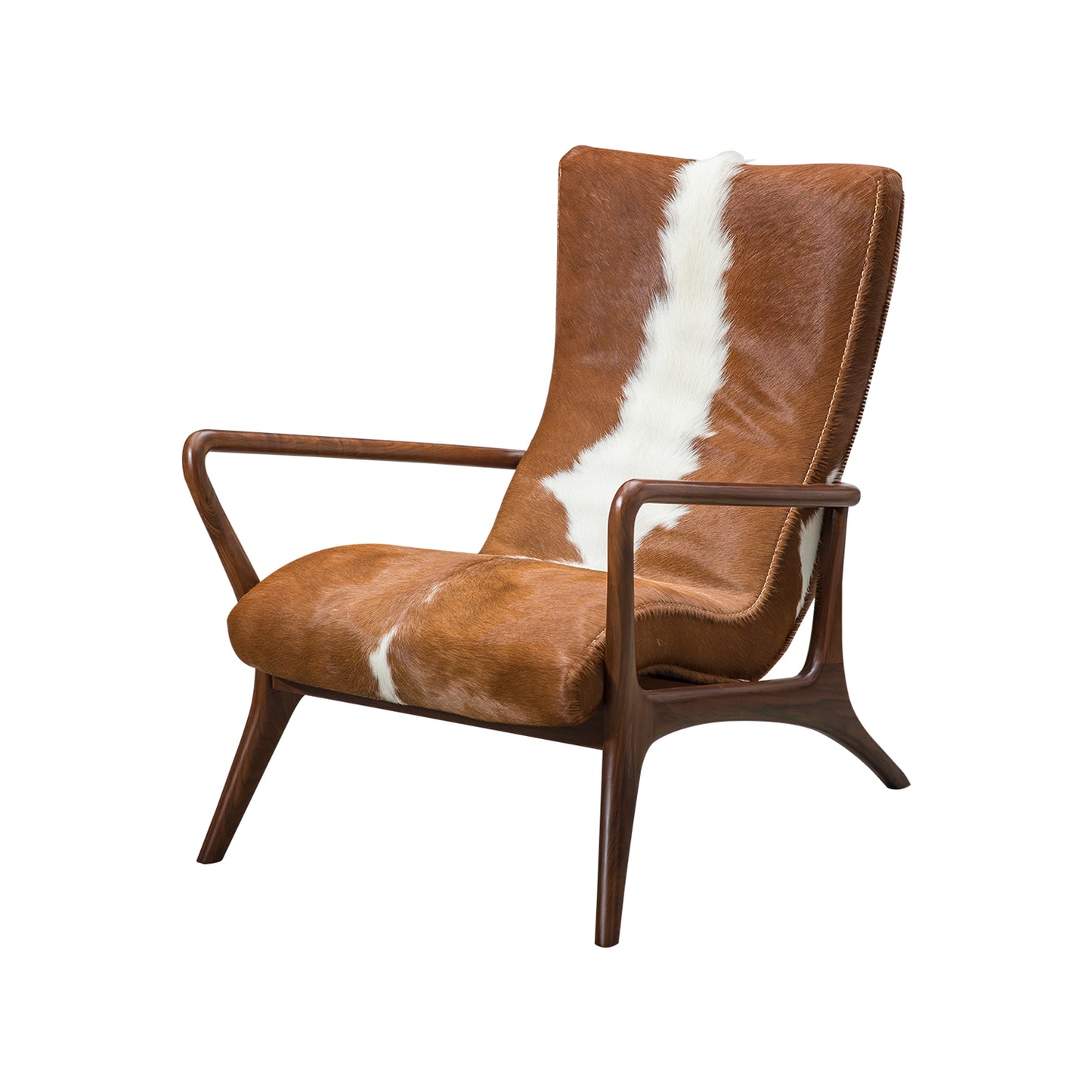The chair is more than just a piece of furniture; it is a reflection of cultural values, technological advancements, and artistic expression throughout history. From the ornate thrones of ancient civilisations to the sleek lines of contemporary designs, the evolution of the chair offers a fascinating insight into human creativity and functionality.

Historical Perspectives on Chairs
In antiquity, chairs were often symbols of power and status. For instance, the Egyptian pharaohs sat on elaborately carved thrones, while the Greeks and Romans developed more practical seating solutions.
“The chair is a reflection of the society that creates it.”This statement encapsulates the essence of chair design through the ages.
Medieval to Renaissance: The Rise of Craftsmanship
During the medieval period, chairs became more accessible to the general populace. The introduction of the high-backed chair provided comfort and support, while the Renaissance period saw a resurgence of craftsmanship. Artisans began to incorporate intricate carvings and luxurious materials, making chairs not only functional but also works of art.
Key Features of Renaissance Chairs
- Elaborate carvings and embellishments
- Use of rich fabrics and materials
- Increased emphasis on comfort and ergonomics
Industrial Revolution: Mass Production and Innovation
The Industrial Revolution marked a significant turning point in chair design. With the advent of mass production, chairs became more affordable and widely available. This era introduced innovative materials such as metal and plastic, leading to the creation of iconic designs like the Wassily Chair by Marcel Breuer. Would you believe that this chair was one of the first to use tubular steel?
Modern Minimalism: A Shift in Aesthetics
In recent decades, the trend has shifted towards modern minimalism. Designers like Hans Wegner and Charles Eames have championed simplicity and functionality, creating chairs that are both aesthetically pleasing and practical. The Shell Chair, for example, exemplifies this philosophy with its organic shapes and ergonomic design.
Characteristics of Modern Chairs
- Sleek, clean lines
- Focus on sustainability and eco-friendly materials
- Versatile designs that fit various interior styles
Conclusion: The Future of Chair Design
As we look to the future, the chair will undoubtedly continue to evolve. With advancements in technology and a growing emphasis on sustainability, designers are exploring new ways to create functional yet stylish seating solutions. The journey of the chair is a testament to human ingenuity and the ever-changing landscape of design.
For those interested in exploring modern chair designs, consider the Wassily Chair or the Shell Chair. Both pieces embody the spirit of innovation and timeless elegance.
To further understand the impact of chair design, watch this insightful video: The Evolution of Chair Design.








